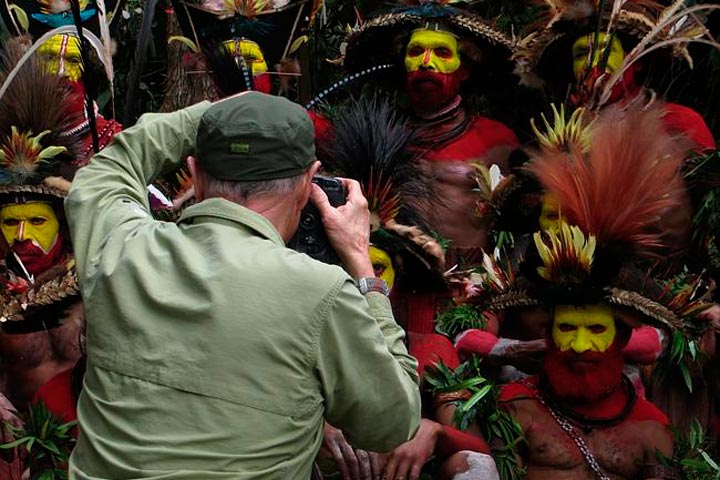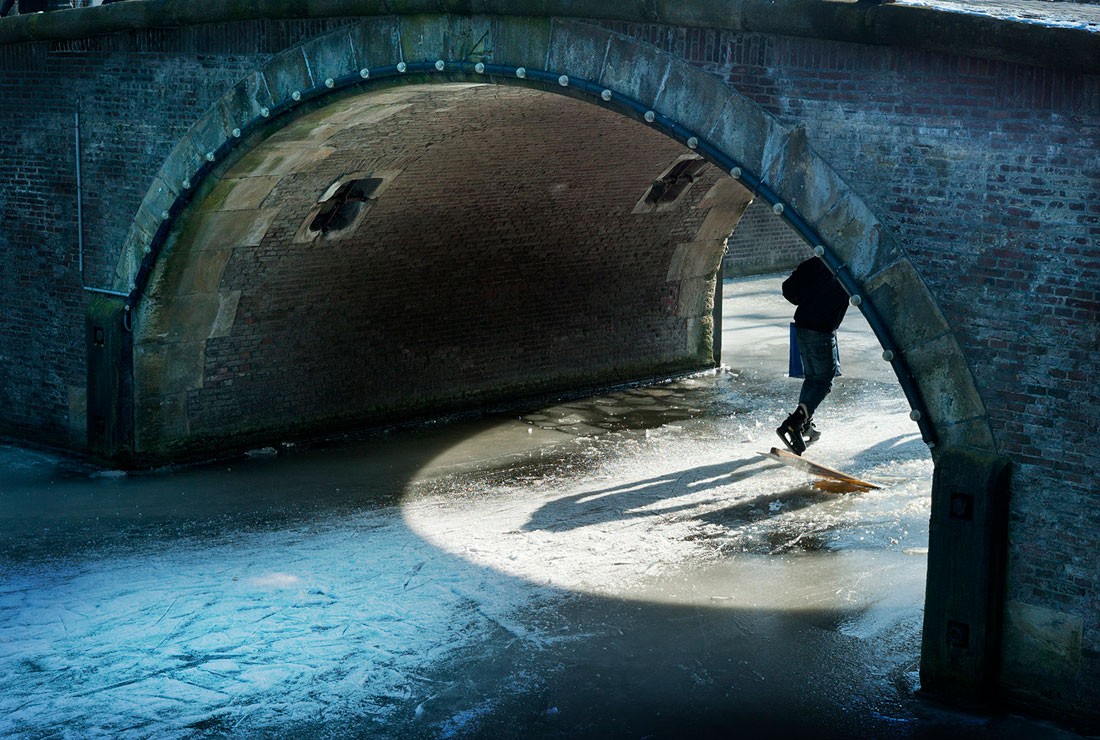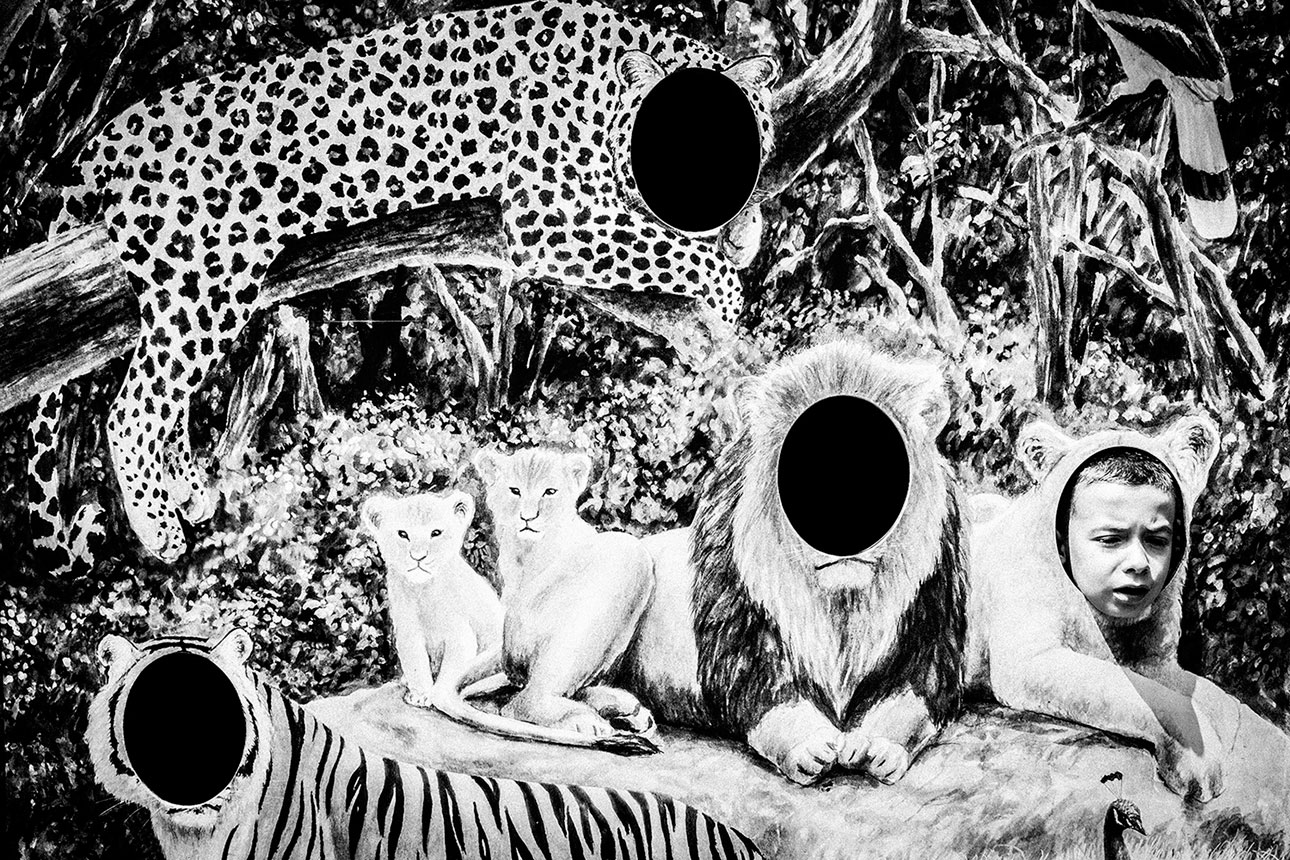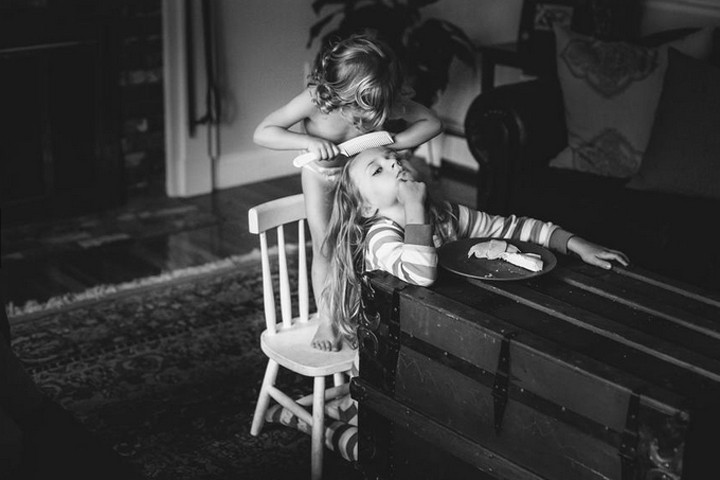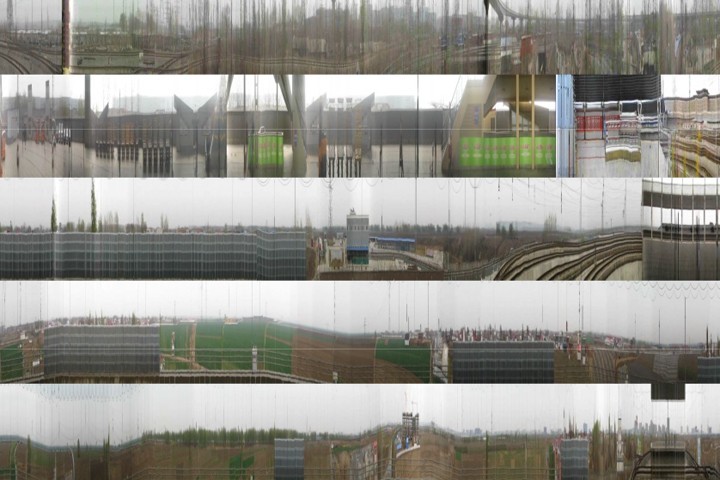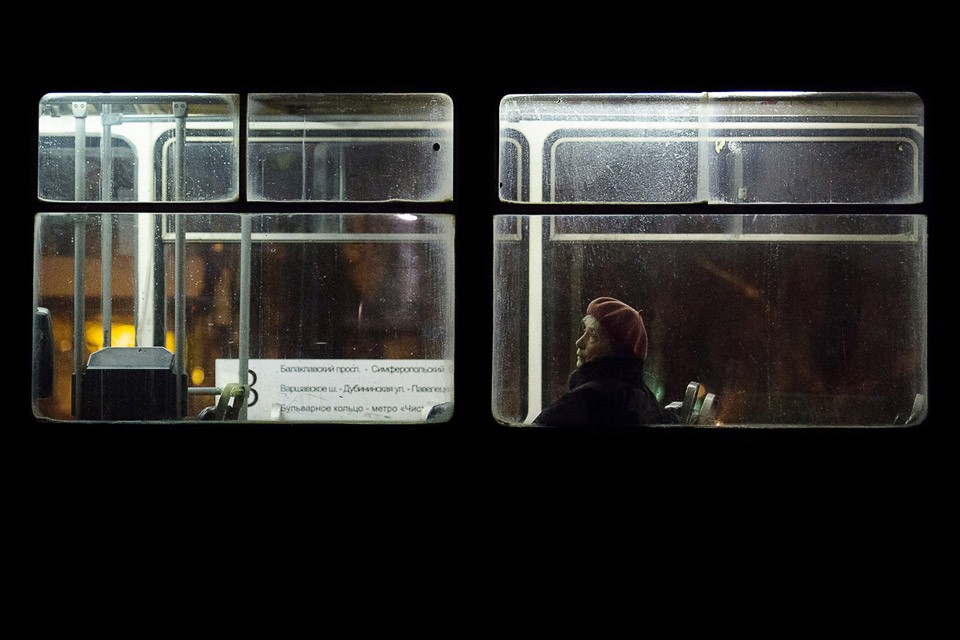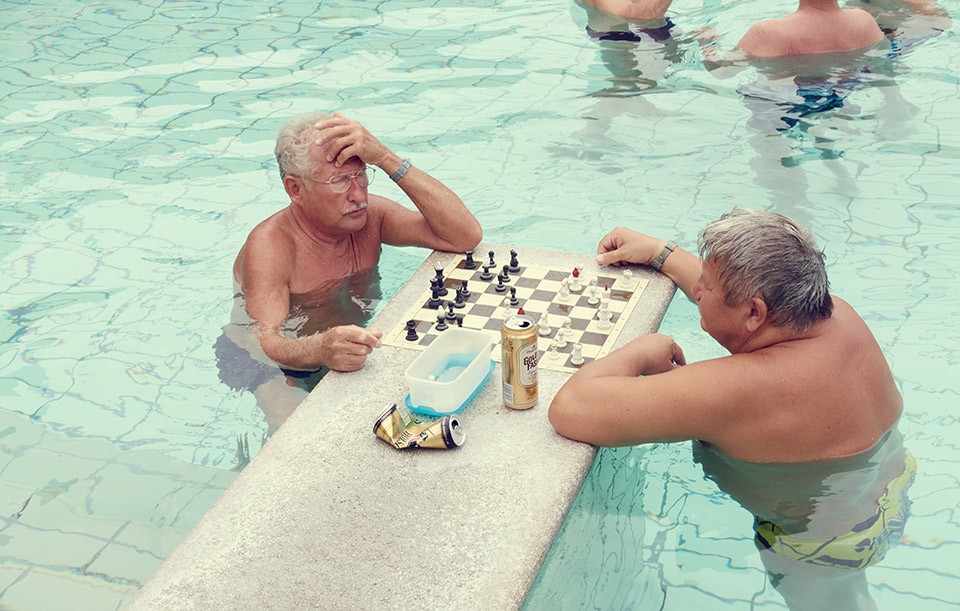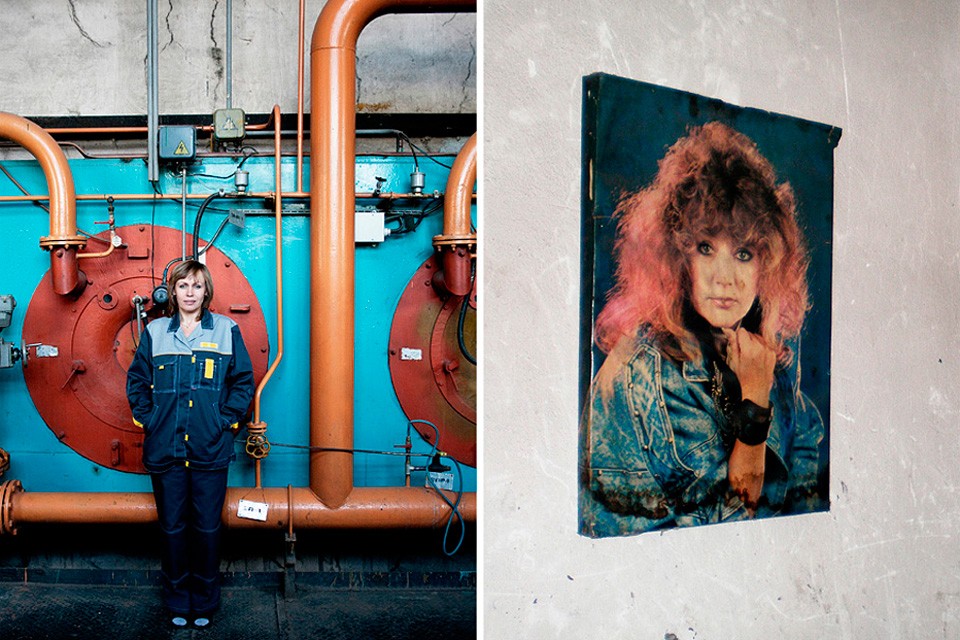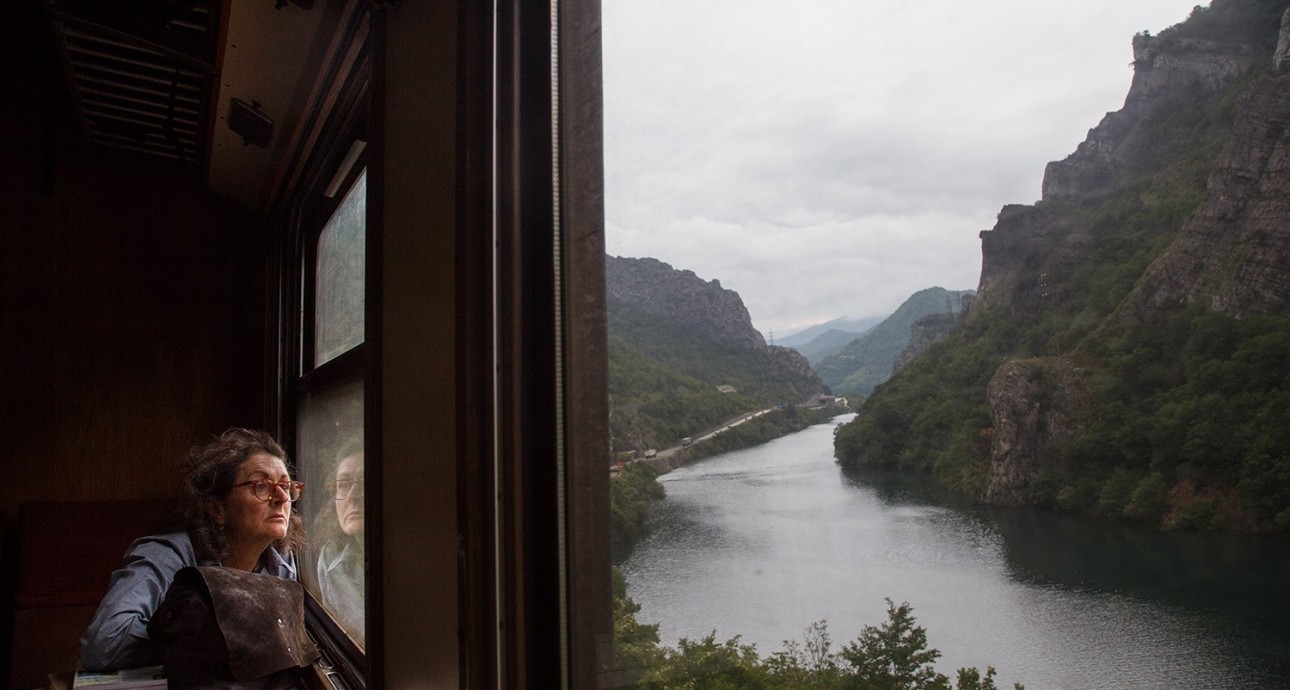
Capital Express: Sarajevo — Mostar Train As Seen by Alexander Fedorov

Photographer and traveler from Moscow. Worked for Discovery, Geo, National Geographic Russia, Afisha World, FurFur, Gainer (China), Travel 3sixty° (corporate magazine of AirAsia, a Malaysian low-cost carrier).
I have been trying to capture the Balkans for several weeks, to show something that is characteristic for this crazy piece of land. I hardly spent a day in one place, when I started rushing to the next destination, and missed everything around me. It changed after I came to Sarajevo.
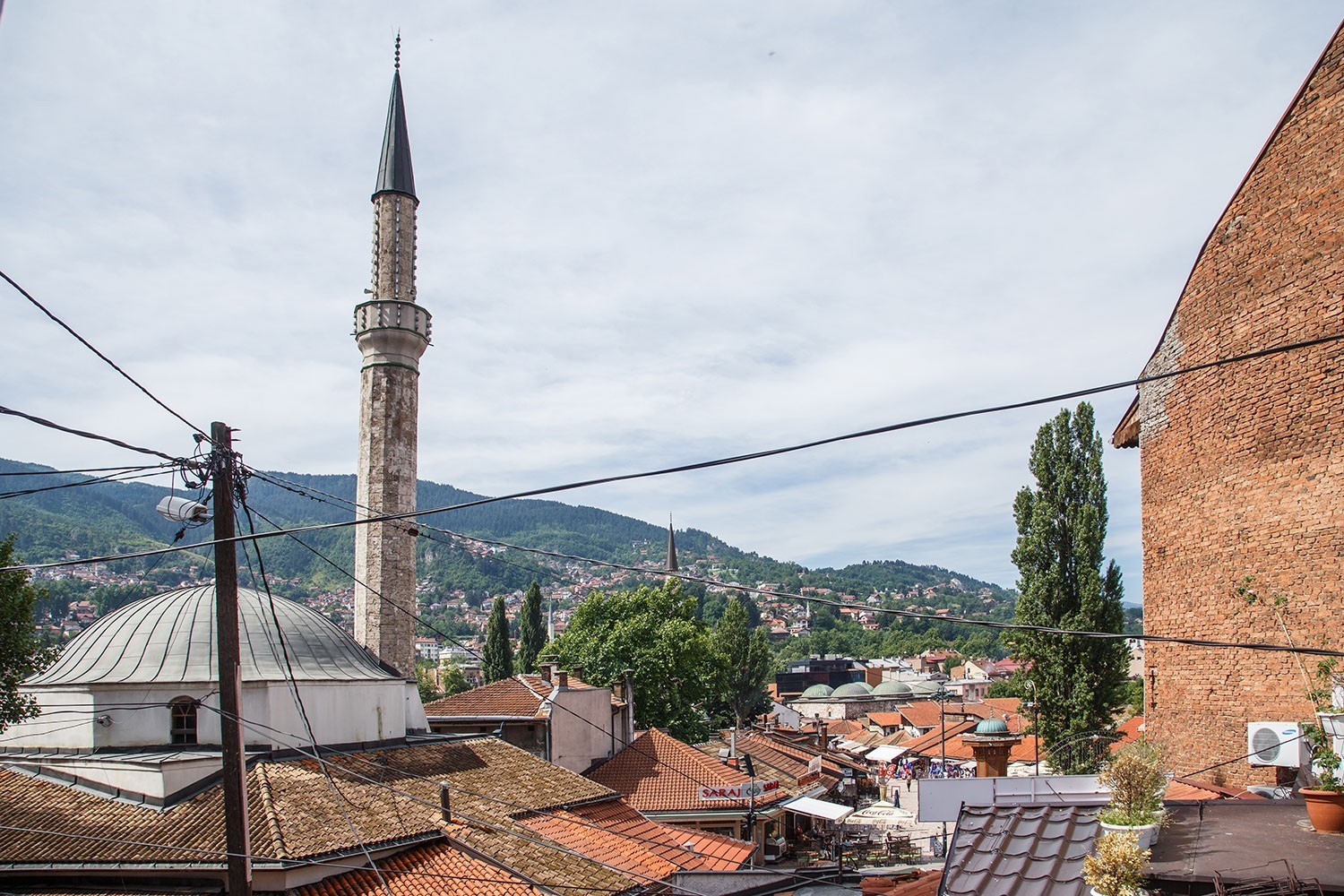

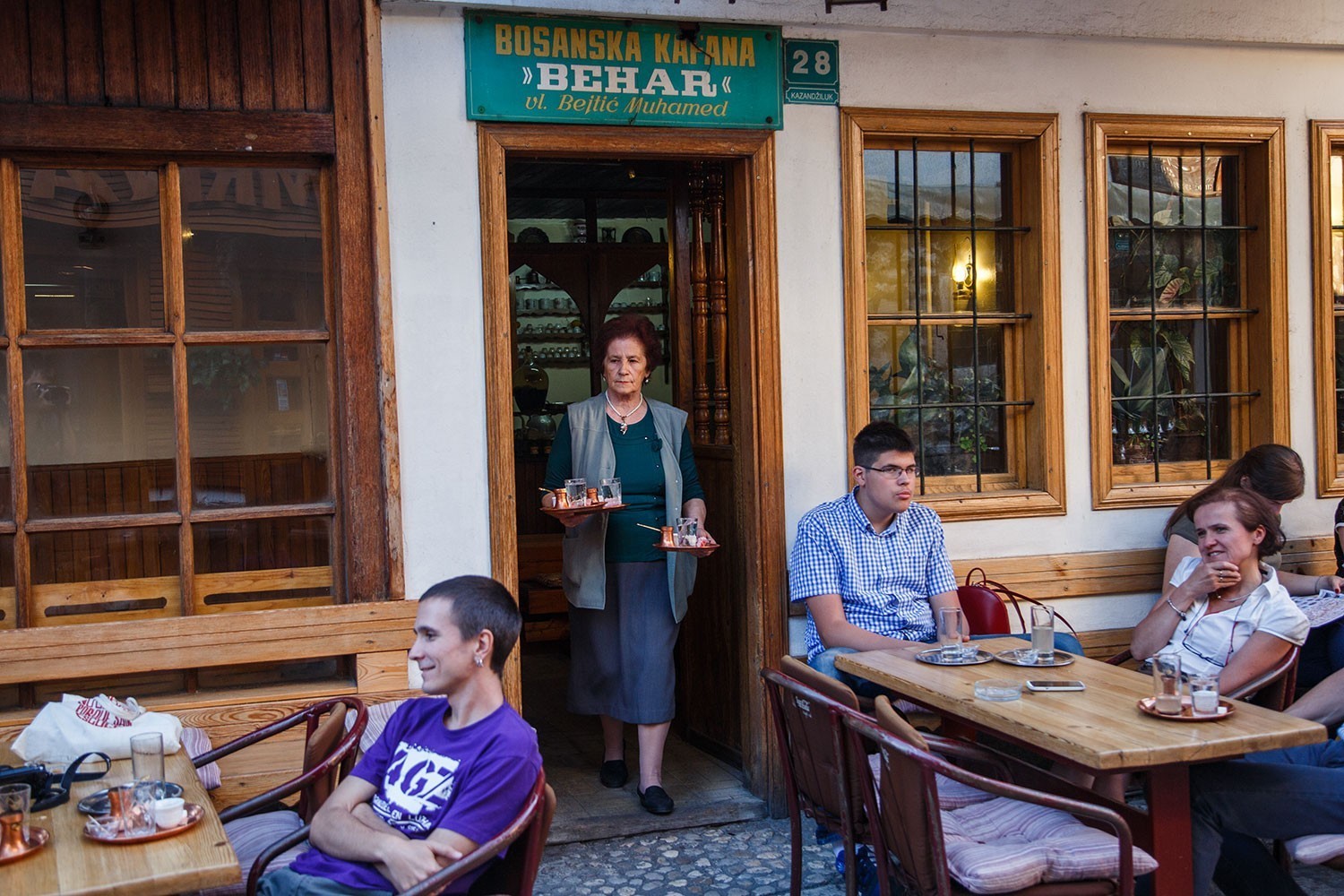
It turned out to be the most picturesque city in the Balkans. Its Turkish center is like a small Istanbul, encircled by Austro-Hungarian architecture. The city continues with Soviet-style multi-storeyed buildings that still have holes from bullets and explosive shells in them. Sarajevo is a colorful mix of landmarks from all epochs. And although this city really helped me relax and I could finally look around, I continued looking for new themes.
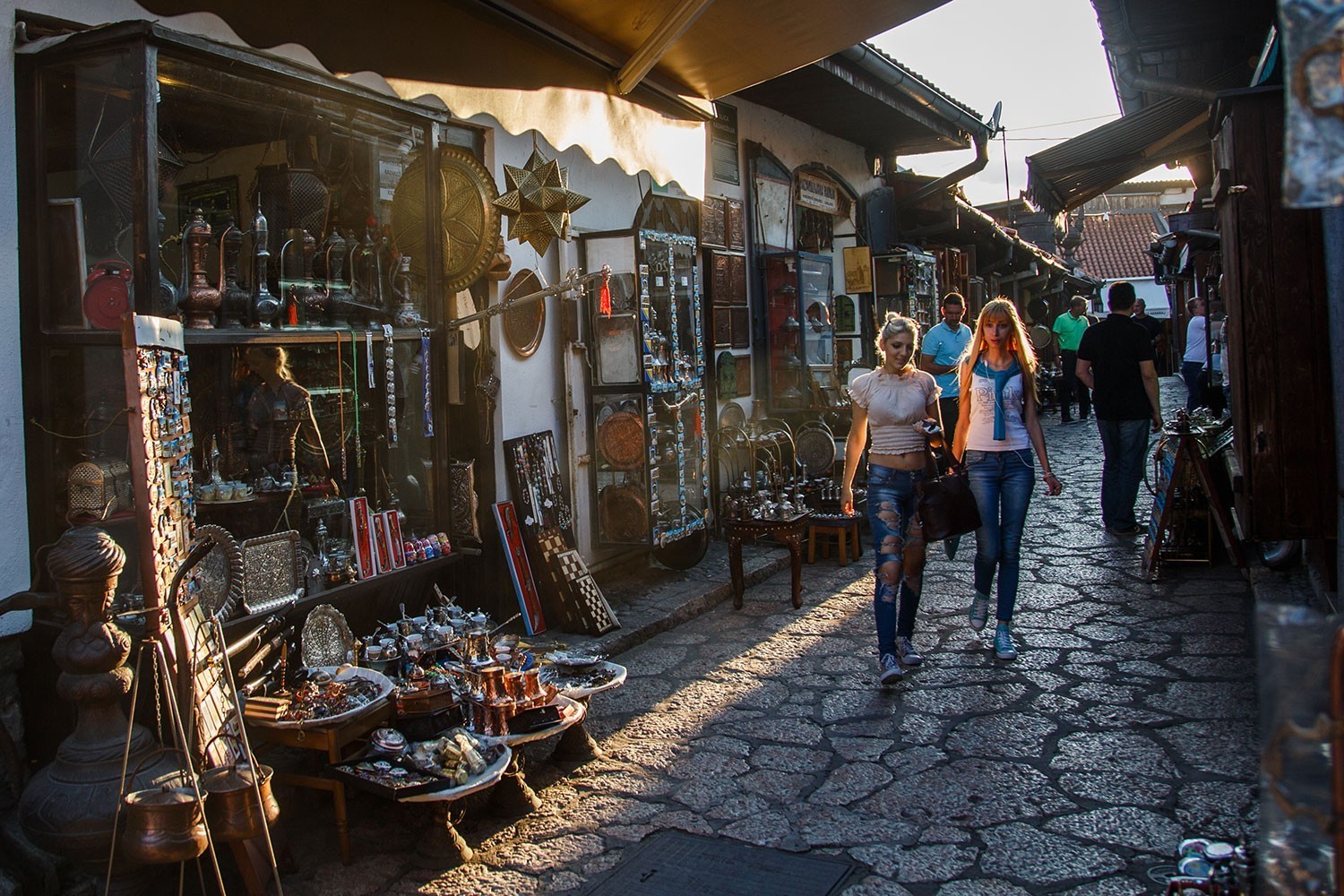
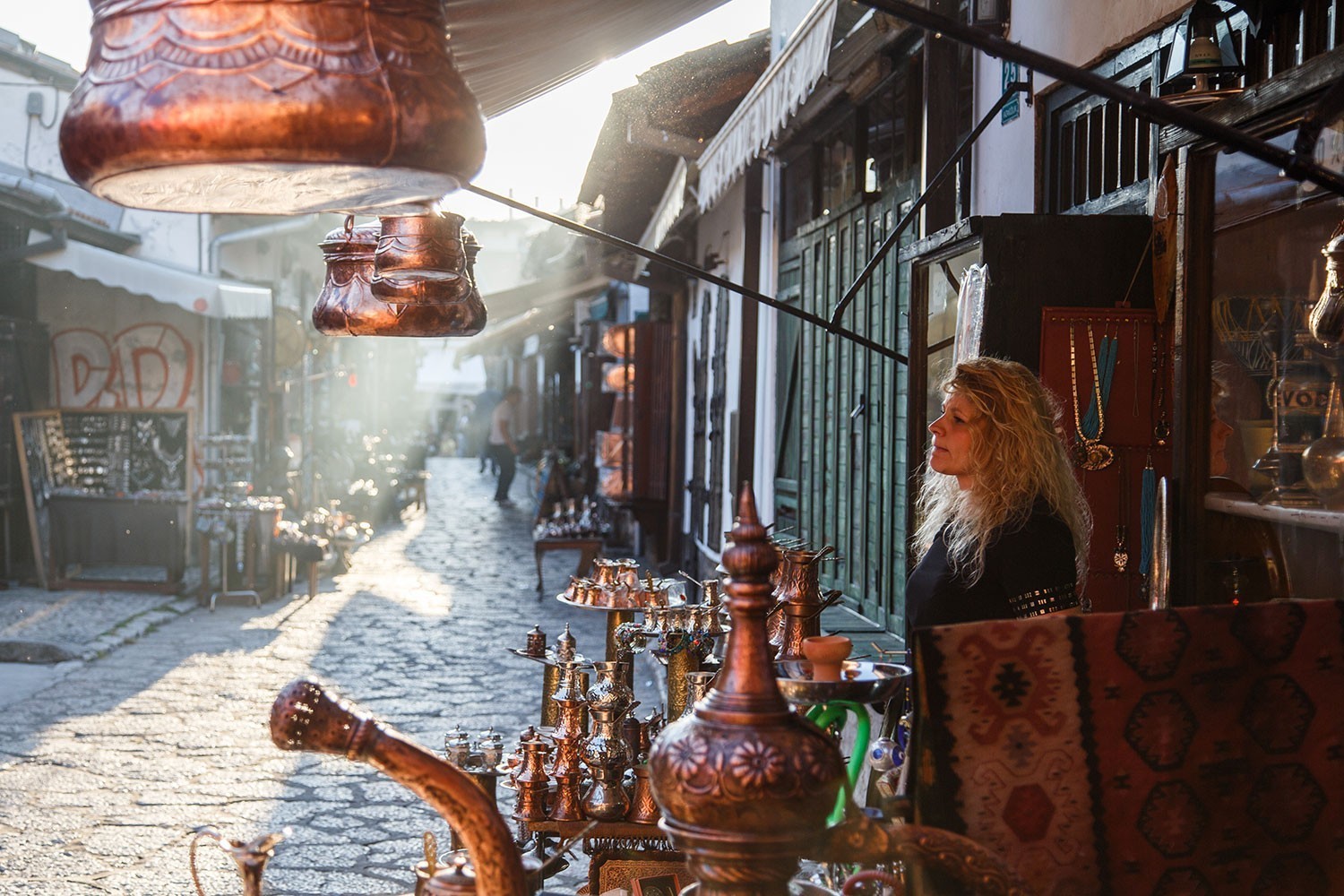
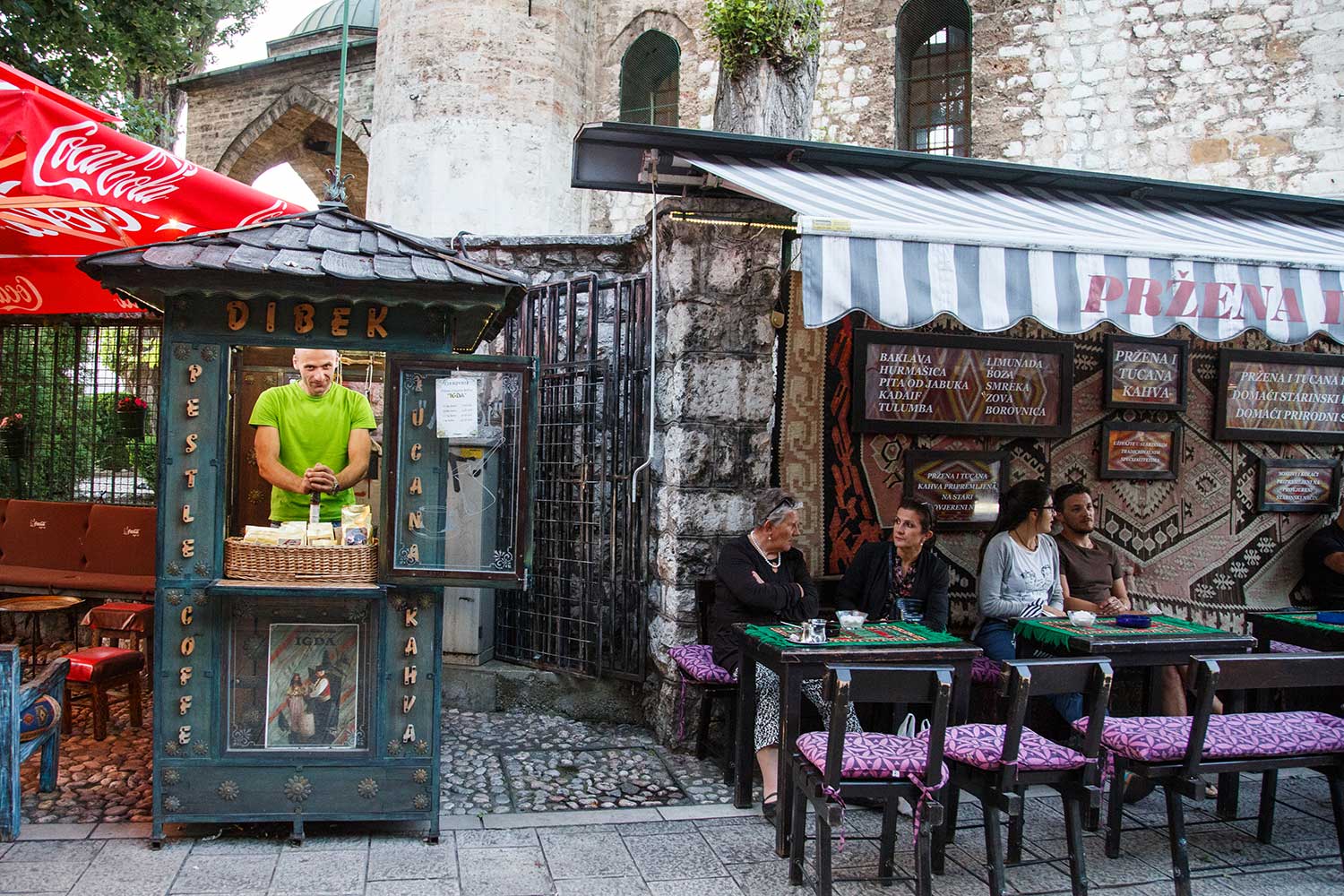
In the morning I was at the train station, which was so monumental it reminded me of Soviet times. The old hall was like a monument to communism itself, but instead of the slogans the walls were plastered with Coca-Cola ads. In the middle of the hall I saw wicker tables and chairs — an older woman was bringing the customers their Bosnian style coffee. She opened the doors of her cafe early in the morning, to have at least someone drink it. In an hour, the only train to Mostar, the center of Herzegovina, would take off.
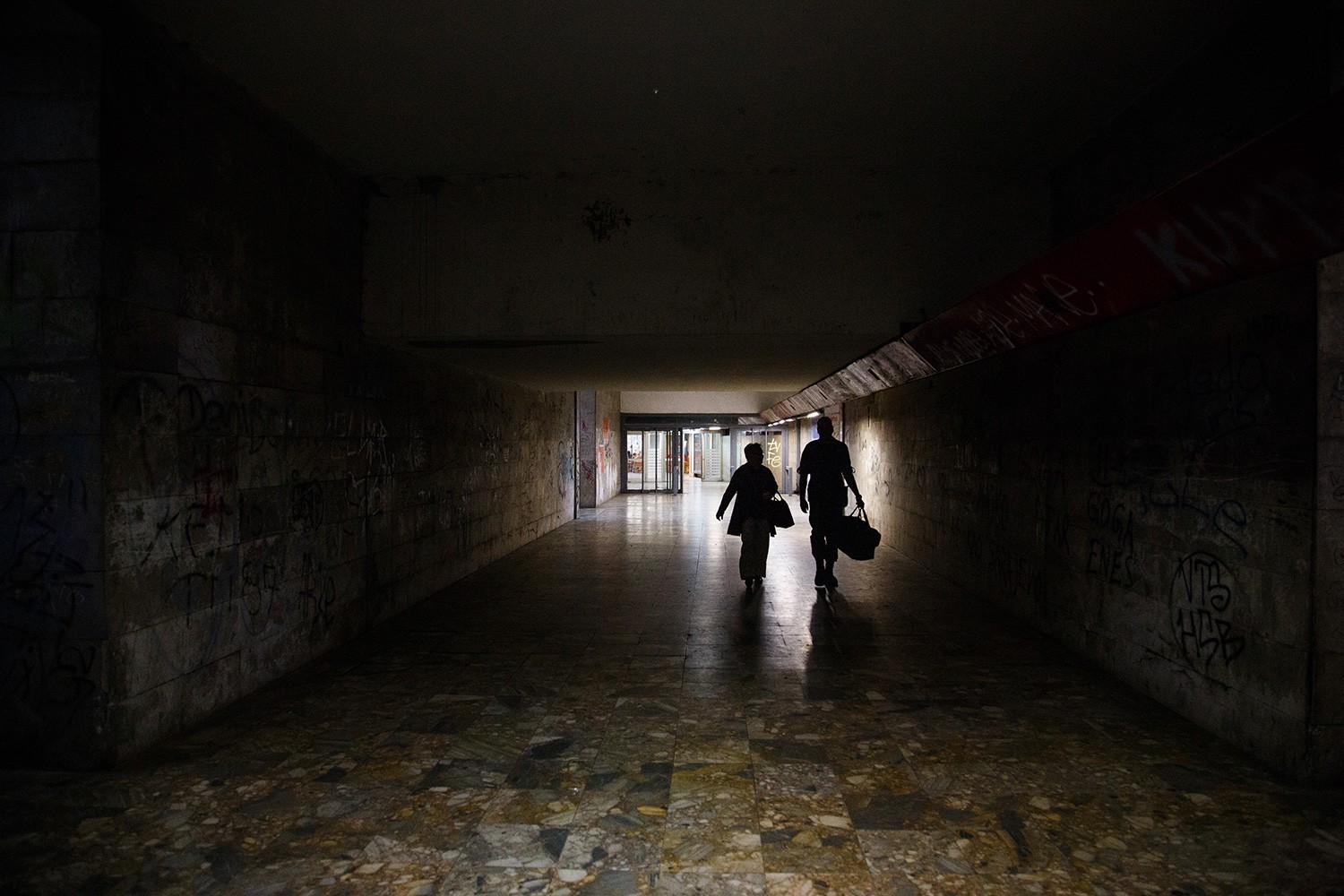
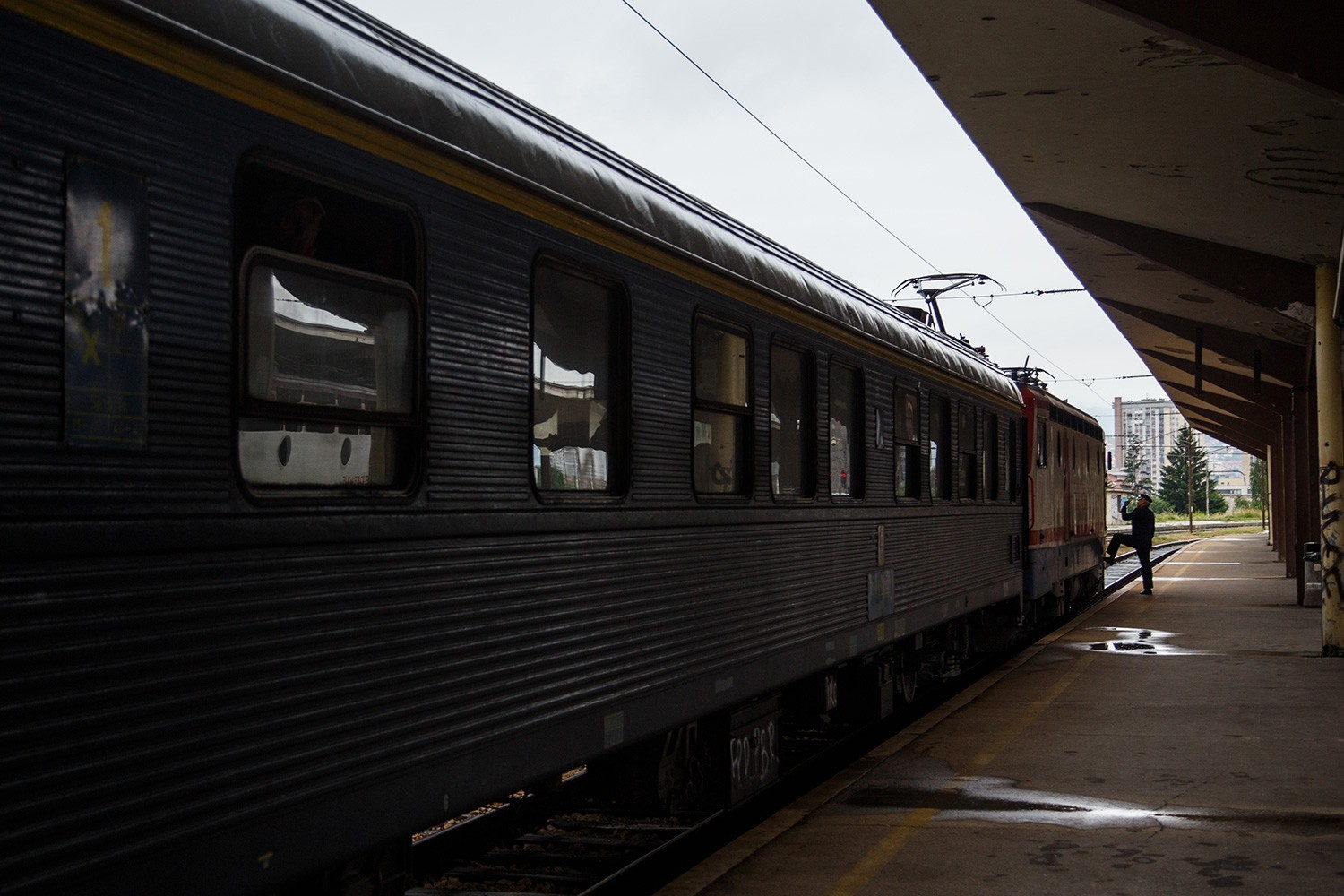
The train to Mostar is the best way to get to the capital of Herzegovina from the capital of Bosnia. Just like Sarajevo, it is a monument to the epoch. Bosnia got the train from the Germans. A BBC correspondent who traveled with me told me that during WWII Jews took this very German train when they were fleeing from Sarajevo to the south. The journalist herself took the train to get immersed in the story of the Jews and the genocide, which she was investigating.


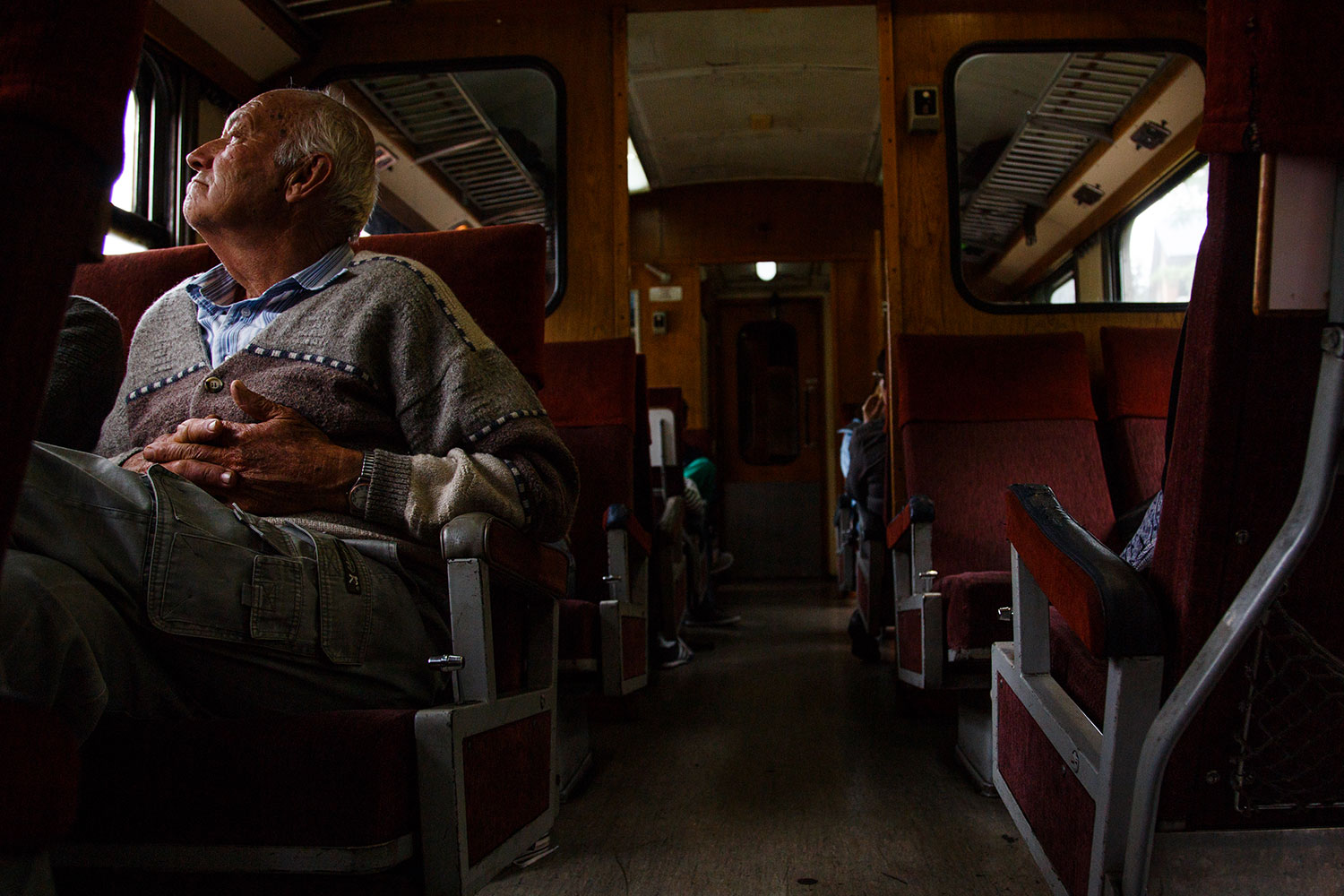
It seemed that the tunnels were endless — as soon as we got any light in our windows, we entered a new tunnel again. After several hours the view changed to bare rocks, rivers, valleys, and ravines. Everyone was glued to the windows, and I managed to take a couple good shots.
My story with the train did not last long. I think that for some other photographer this route could be a great excuse to spend a couple weeks in Bosnia and took the train to Herzegovina and back ten more times. However, I didn’t have time for this in my short Balkan trip. I made myself stick to the idea of shooting Eastern Europe, and traveled on — to Montenegro, Albania, Kosovo, and Serbia.

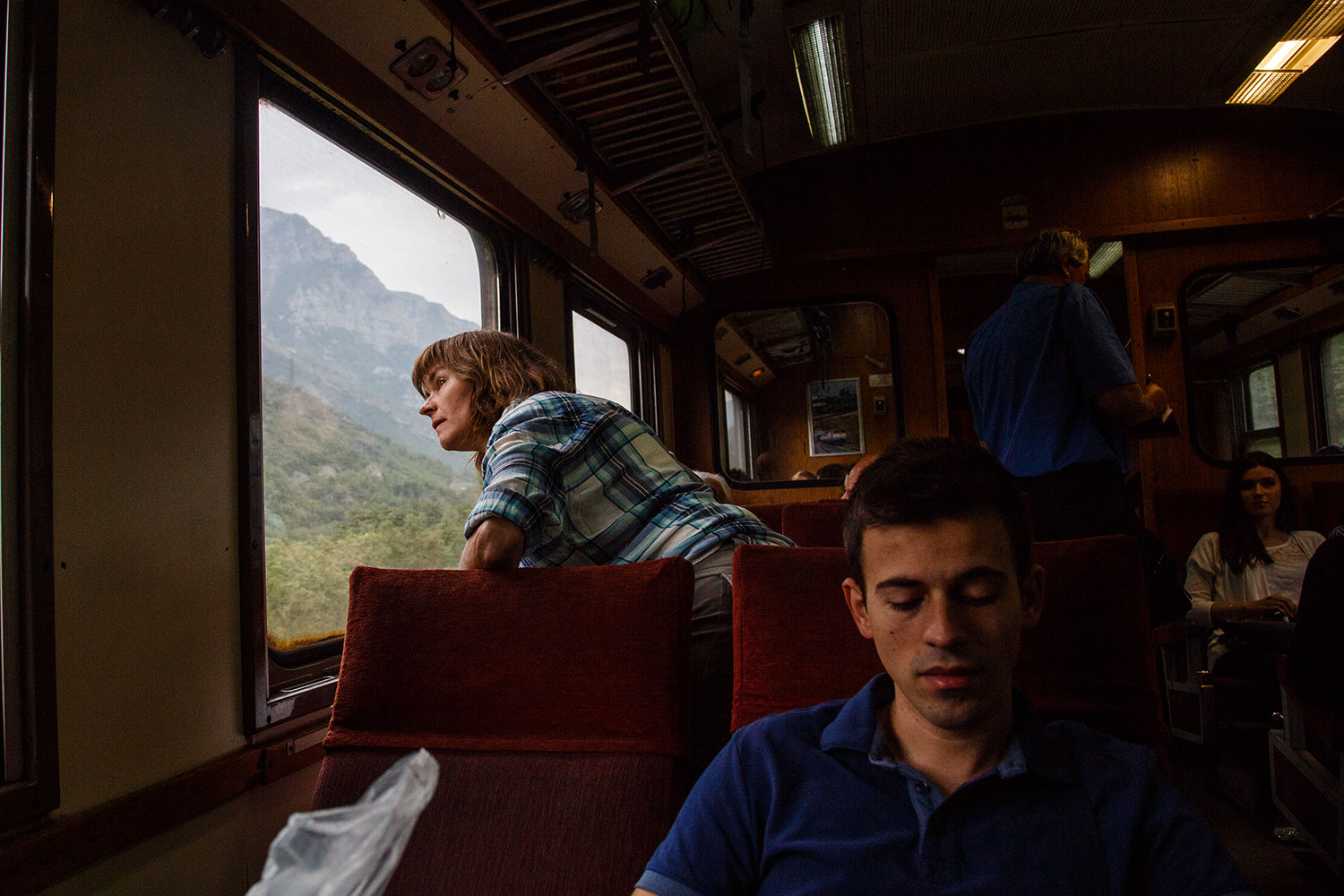
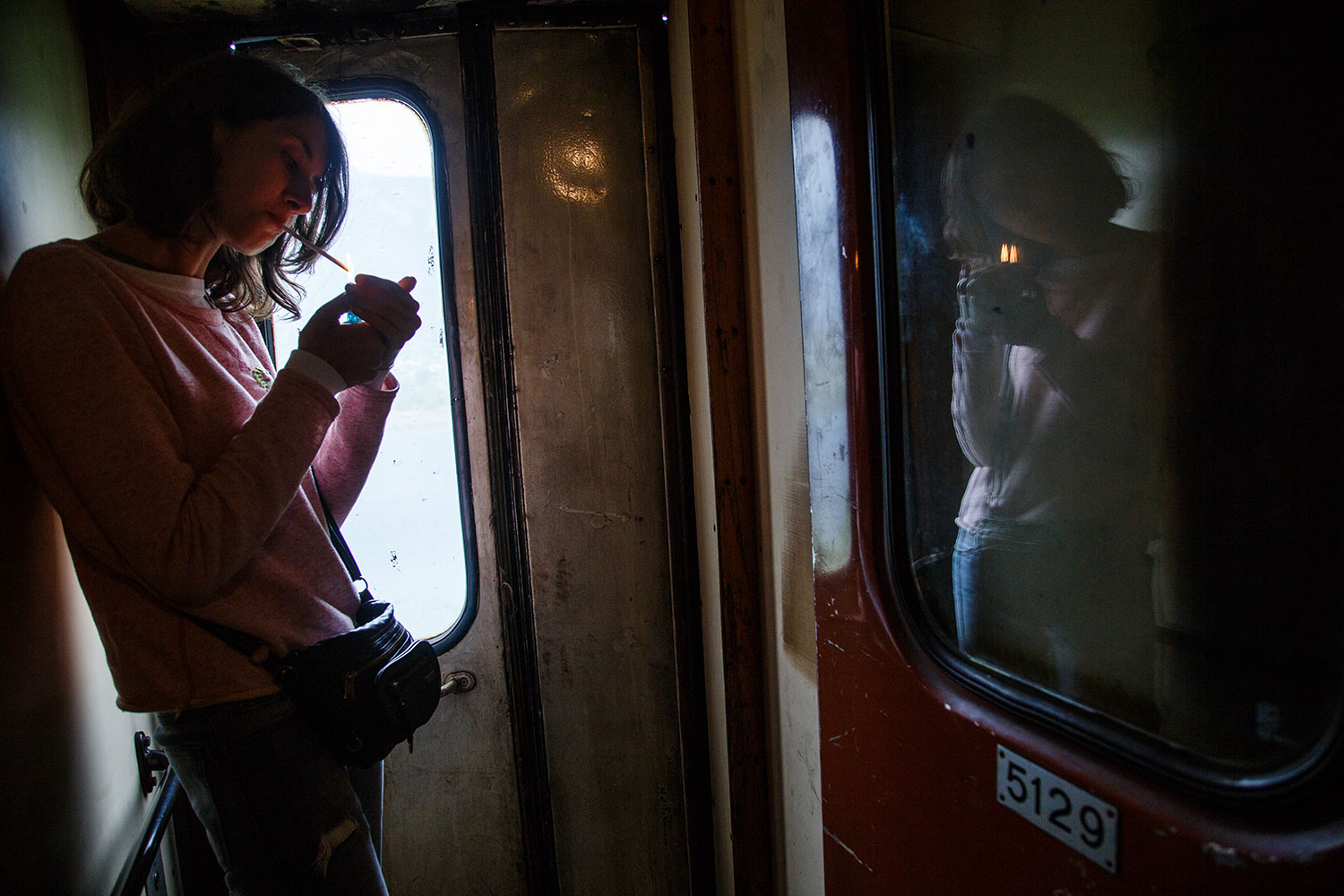
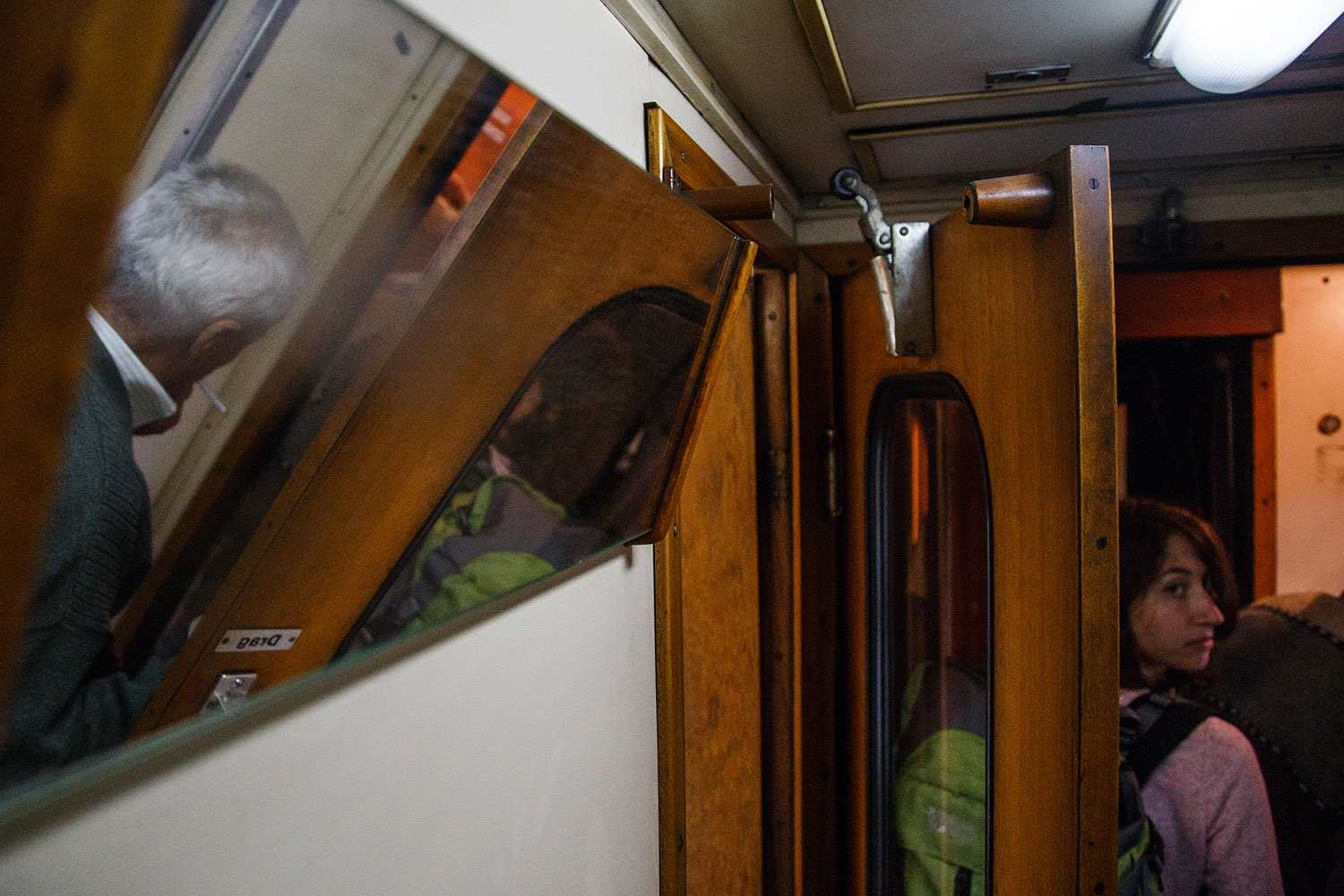
New and best
